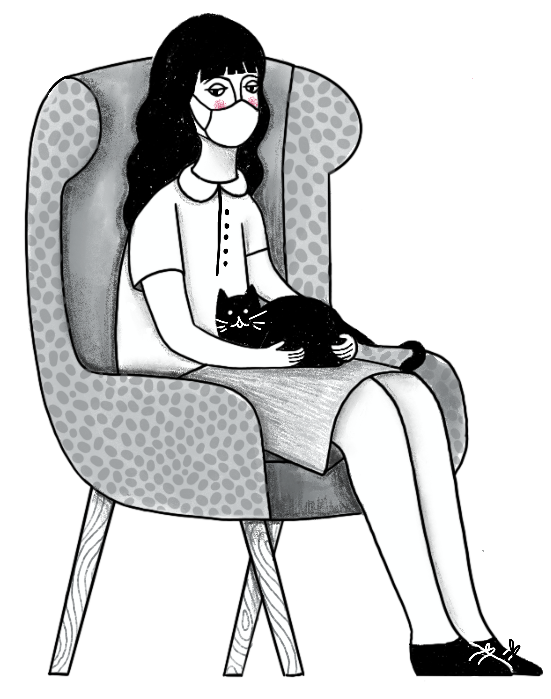
-
Source
How patients with COVID-19 managed the disease at home during the first wave in Spain: a cross-sectional study
Abstract
Objective
Most patients with mild COVID-19 had to stay at home trying to implement an optimal quarantine. The aim of this study was to describe the COVID-19 cases during the first wave of the pandemic in Spain, how they managed the disease at home, focusing on differences by age, as well as differences in knowledge, attitudes and preventive practices, compared with the uninfected population.
Design
An online survey was used to conduct a cross-sectional study of individuals who were 14 years or older living in Spain during the COVID-19 lockdown. The main variable was a COVID-19 case. Logistic regression models for COVID-19 cases were obtained using a backward stepwise procedure to assess the association between social variables, disease knowledge, attitudes, prevention practices and emotional impact.
Results
3398 people completed the survey. Participants’ mean age was 49.6 (SD=14.3). COVID-19 was significantly more prevalent among married people (5.3%) and those currently doing an on-site work (8.7%). Most of the COVID-19 cases stayed at home (84.0%) during the episode. There were significant age-based differences with regard to self-isolation conditions at home during the disease. COVID-19 cases showed better attitudes, practices and knowledge about disease symptoms and transmission than the uninfected population. COVID-19 cases also felt more depressed (adjusted OR: 3.46, 95% CI 1.45 to 8.26) and had better preventive behaviour than the uninfected population, such as always wearing a mask outside the home (adjusted OR 1.58, 95% CI 1.06 to 2.30).
Conclusion
COVID-19 cases found it difficult to comply with recommended home self-isolation conditions, with differences by age group. COVID-19 had an important impact on care dependency in non-hospitalised patients, who were mostly dependent on their families for care. It is necessary to reinforce social and health services and to be ready to meet the care needs of populations during the different waves or in future epidemics.




